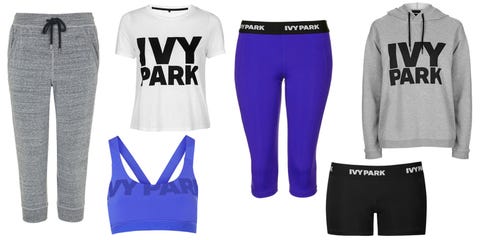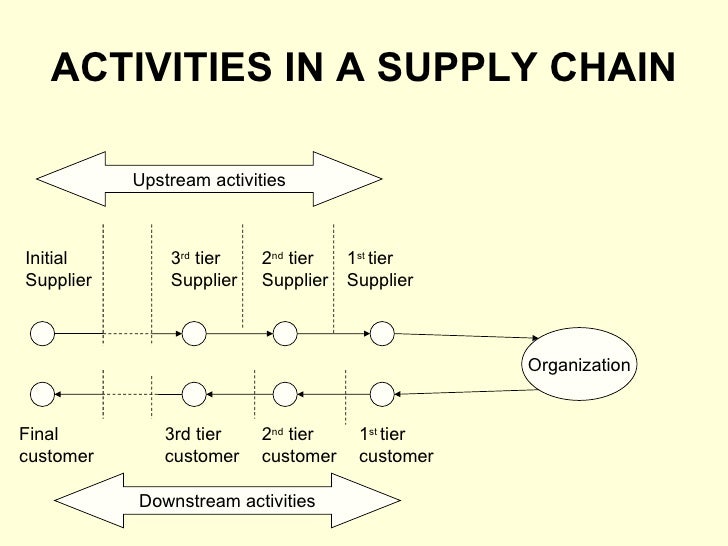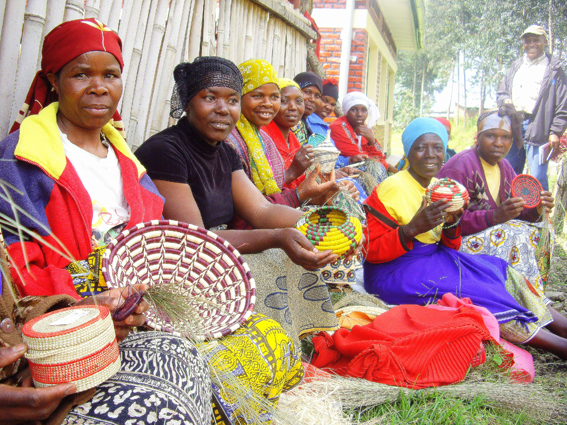
The oak table. Heavy and very brown in appearance. Picture any 80’s or 90’s heartfelt sitcom and there’s probably some version of it as a kitchen prop. Yet, however country, however old, however expensive this table was, it was also built to last. From several decades of countless family dinners, birthday parties, game nights, family meetings, political arguments, or afternoons spent crafting, this table survived it all. This table was designed for survival.

Fast forward to today with a world full of mass production. Ikea’s, H&M’s, McDonald’s literally spread out around the globe. Yet no one is asking how a table can be $8 or a shirt $2 or a burger $1? After all, we love a deal.
A brief history of mass manufacturing
100 years ago, Henry Ford and his little company changed the way we produced consumer goods, forever. His idea of making a previously exclusive item affordable to the general public is something we’ve spread throughout the food and beverage, furniture, clothing, and tech industries. However, in order to make a product more affordable and still be able to profit from it, means you have to cut the cost of production which means finding cheaper materials and cheaper labor.
Enter fast fashion, fast food, fast furniture, fast everything.

ILLUSTRATOR Gab Gutierrez
In the name of efficiency

“We don’t value craftsmanship anymore! All we value is ruthless efficiency, and I say we deny our own humanity that way! Without appreciation for grace and beauty, there’s no pleasure in creating things and no pleasure in having them! Our lives are made drearier, rather than richer! How can a person take pride in his work when skill and care are considered luxuries! We’re not machines! We have a human need for craftsmanship!”
–Bill Watterson, There’s Treasure Everywhere
There’s no pleasure in having something that has been mass produced. Watterson hit the nail on the head with his declaration. One of my favorite episodes of Friends is “The one with the apothecary table”. Rachel (Jennifer Aniston) bought an apothecary table from Pottery Barn and tries to keep her then roommate, Phoebe (Lisa Kudrow), from finding out that she purchased it from there. Phoebe hates mass-produced products because she believes it destroys a product’s history.

Like Phoebe, most of us would rather enjoy a product that is unique and one-of-a-kind.
The issue is that in our world of being constantly on-the-go, convenience becomes our top value. It’s much easier to purchase an apothecary table from a Pottery Barn catalog (or from your phone in our current digital age) than to travel to an antique store and happen to find one in your price range – affordability, another of our key values.
In business school, one of the major takeaways was in order to have a successful business, product and market must fit. A consumer’s values (determined from their pain points) must be understood before creating a product. Successful businesses today have mastered understanding our core values of convenience and affordability, enter efficiency and profitability. The reason mass production became a norm was due to the rise of the middle class and the idea that regular folk could afford luxuries that didn’t exist to them beforehand. This doesn’t sound like a bad thing, and it’s not, however, we have reached a point where we must ask ourselves, is it too much? Have we consumed too much? Do we want too much? What do we actually need?
The psychological effects of mass production
Before mass production, goods were produced by skilled craftsmen and women. They would spend years apprenticing under another skilled craftsperson, thoroughly learning the trade. They had their hand in every aspect of the production process, knowing each material’s origin story.

Before mass production, women would re-wear a dress for multiple occasions without negative repercussions. In addition, clothing items could easily be mended rather than thrown away. Before mass production, we knew exactly where our food came from, purchasing milk or eggs from the family down the road rather than trying to figure out where Oak Farms is located and how they treat their animals.
“Many surveys in the United States and in the industrialized countries of Europe have shown that [industrial] workers do not fully understand and appreciate their roles and positions in society.”
Morris Tanenbaum and William K. Holstein
Before mass production, craftspeople had a sense of purpose in their professions, a sense of understanding their role within the community rather than repetitively assembling a small part of a much larger product. My papaw worked for an industrial software company for twenty-four years, first on the assembly line and then in a supervisory role. He quit without a back-up job due to his severe unhappiness. He later began working for Child Protective Services where he felt a sense of purpose and obligation. His story is as follows:

“Working on the assembly line was repetitive and boring after a while. When I was promoted to management, that was much worse. They would hire these expensive consultants who would run statistical analyses on how to be more efficient. However, this didn’t work in our shop because we only produced a small number of units at a time and depending on the product, it wasn’t a consistent number of units. These analyses would only work on larger plants that have the capacity to consistently produce thousands of units at a time. Playing politics was the nature of getting ahead and I wanted no part of it. This job left me without a sense of purpose so I quit.”
There are so many negative psychological effects of mass production, both for the consumer and the producer. We are left without a sense of purpose. We never feel fully content. We have developed unhealthy habits. We allow the pharmaceutical industry to dictate our behaviors. We are constantly living for Friday. Our favorite holiday is black Friday. Christmas is the most stressful time of the year. The list goes on.
The simple life
My aunt ALWAYS asks me why I prefer to live in Africa. This is why:
- I have a sense of purpose and obligation.
- I am a part of a community of people, not blood related, that genuinely have my best interest at heart and vice-versa.
- Life is simple.
- I know where my chicken comes from, I know where my fruits and veggies are grown.
- I keep my door open during the day, letting the fresh air come through.
- The purple flowers from the Jacaranda tree are enough to put a smile on my face throughout the entire day.
- The secondhand market is my favorite place to find new treasures.
- My phone isn’t attached to my hand 24/7.
- It seems like the days are longer because I have oodles of free time.

But Africa is a state of mind. These ideals can be practiced here. Let’s not get caught in this rat race of psychological torture. We can do this by:
- Demanding more oak furniture! Just kidding, demanding more quality products with a willingness to pay for the labor and materials and understanding that these items will last longer and end up saving us money in the long-run.
- Finding a sense of purpose somewhere, even if it’s not at your job. My close friend volunteers almost every weekend because that is how she feels fulfilled and get’s through her job Monday-Friday.
- Researching where our stuff comes from. If you can’t trace it back, don’t buy it.
The new twenties

The 1920’s was a time of challenging norms and asking questions.
As we enter into this new era of the 20’s, let’s look at our past to carry us into the future.



































































